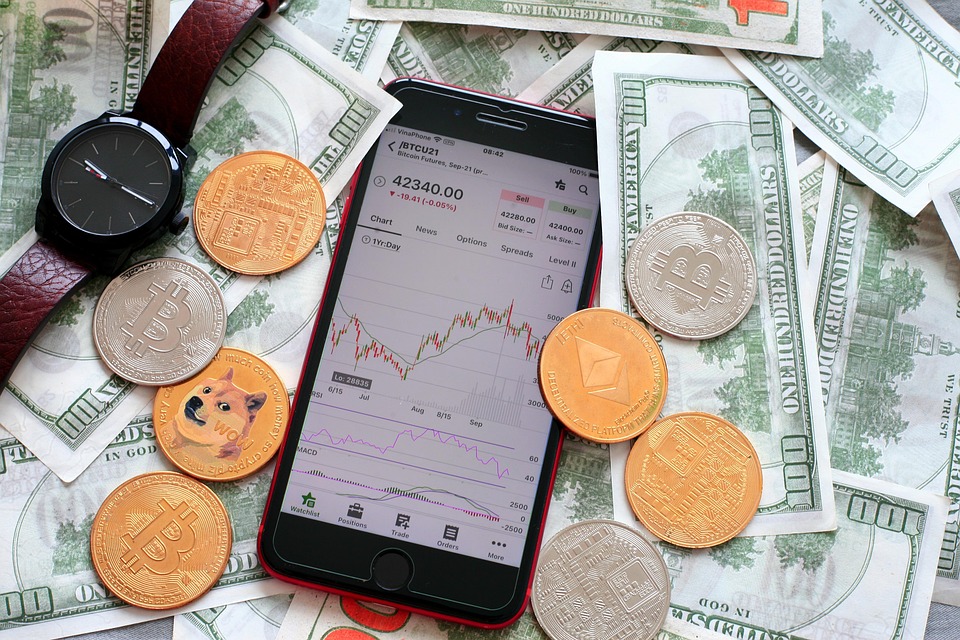Introduction
In recent years, artificial intelligence (AI) has revolutionized the world of trading. With the ability to analyze vast amounts of data and identify patterns, AI trading systems can make informed decisions faster than any human trader. Building your own AI trading system can be a rewarding endeavor, allowing you to leverage technology to enhance your trading strategies. This guide will walk you through the essential steps to create your own AI trading system.
Step 1: Define Your Trading Strategy
Before diving into the technical aspects, it’s crucial to define your trading strategy. Consider the following questions:
- What markets do you want to trade (stocks, forex, cryptocurrencies, etc.)?
- What is your risk tolerance?
- What time frame will you be trading (day trading, swing trading, long-term investing)?
Your answers will help shape the parameters of your AI trading system.
Step 2: Gather Historical Data
Data is the backbone of any AI trading system. You will need historical market data to train your AI model. Sources for data include:
- Financial APIs (e.g., Alpha Vantage, Yahoo Finance, Quandl)
- Brokerage platforms that provide historical data
- Public datasets available online
Ensure that the data you collect is clean, accurate, and relevant to your trading strategy.
Step 3: Choose Your AI Model
There are various AI models you can use for trading, including:
- Linear Regression
- Decision Trees
- Neural Networks
- Reinforcement Learning
Each model has its strengths and weaknesses. Choose one that aligns with your trading strategy and the complexity of the data you are working with.
Step 4: Preprocess Your Data
Data preprocessing is a critical step in building an AI trading system. This involves:
- Cleaning the data (removing duplicates, handling missing values)
- Normalizing or standardizing the data
- Feature engineering (creating new features that may improve model performance)
Proper preprocessing can significantly enhance the accuracy of your AI model.
Step 5: Train Your AI Model
Once your data is ready, it’s time to train your AI model. This involves feeding your historical data into the model and allowing it to learn patterns. You will need to split your data into training and testing sets to evaluate the model’s performance. Use metrics such as accuracy, precision, and recall to assess how well your model is performing.
Step 6: Backtest Your Trading System
Backtesting is the process of testing your AI trading system against historical data to see how it would have performed in the past. This step is crucial for understanding the potential profitability and risks associated with your trading strategy. Use backtesting software or libraries (like Backtrader or Zipline) to simulate trades based on your model’s predictions.
Step 7: Implement Risk Management
Risk management is essential in trading. Define your risk parameters, such as stop-loss and take-profit levels, to protect your capital. Consider using techniques like position sizing and diversification to mitigate risks. Your AI trading system should incorporate these risk management strategies to ensure long-term success.
Step 8: Deploy Your AI Trading System
Once you are satisfied with your model’s performance through backtesting, it’s time to deploy your AI trading system. You can choose to run it on a paper trading account to test its performance in real-time without risking actual capital. Once you are confident in its performance, you can transition to live trading.
Step 9: Monitor and Optimize
After deployment, continuous monitoring is essential. Keep track of your AI trading system’s performance and make adjustments as necessary. Market conditions change, and your model may need retraining or fine-tuning to adapt to new data. Regularly review your strategy and make improvements based on performance metrics.
Conclusion
Building your own AI trading system can be a complex but rewarding process. By following these steps, you can create a system that leverages the power of AI to enhance your trading strategies. Remember that trading involves risks, and no system is foolproof. Continuous learning and adaptation are key to long-term success in the trading world.




